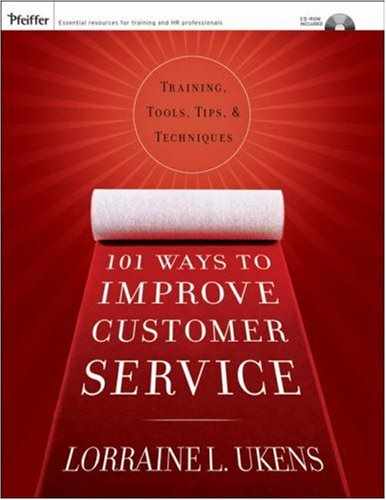Goal

To examine nonverbal communication in terms of feelings and reactions. Participants will play a game of poker while others observe the actions of the players.
Materials

One deck of playing cards and poker chips for one-half of the total number of subgroups
One Poker Face Role Card for each member of the Player subgroups (approximately one-half of participants)
One Poker Face Hand Rankings Sheet for each participant
One sheet of blank paper and a pencil for each member of the Observer subgroups (approximately one-half of participants)
One table for each Player subgroup
Introduce the session by stating that poker is a game in which losing and winning can depend in large part on the ability of the player to “bluff” or to act out in a certain way. Participants will have the opportunity to examine the nonverbal communication cues that might occur in these situations.
Form an even number of subgroups with three to five persons each. Assign half of the subgroups to be Players and the other half to be Observers.
Situate each Player subgroup at a separate table with members of an Observer group surrounding each one.
Provide one deck of playing cards and poker chips to each Player subgroup. Distribute one sheet of paper and a pencil to each member of the Observer subgroups.
Distribute one copy of the hand rankings sheet to each card player and clarify any questions.
Assign one Poker Face Role Card to each player, with a warning to keep the cards hidden from others.
Explain that the members of the Player subgroups are to play several hands of some form of poker, making legitimate bets with the poker chips in an effort to win. Tell the players that they are to maintain the characteristic assigned to each throughout the entire game. The members of the Observer subgroups are to carefully study the nonverbal cues of the players and make notes on the sheet provided.
Signal for the poker games to start. Allow approximately 7 to 10 minutes and then stop the groups.
Ask the observers to report their findings, then ask the players to reveal their assigned characteristics.
Facilitate a large group discussion by asking the following questions:
ANGRY | TRIUMPHANT |
DISHEARTENED | CONFIDENT |
ANNOYED | SELF-IMPORTANT |
DISMAYED | BORED |
DISAPPOINTED | ANXIOUS |
SUSPICIOUS | NERVOUS |
The following poker hands are ranked from highest to lowest. If there are two or more hands that qualify, the one with the higher-ranking cards wins.
Royal flush: A straight from a ten to an ace and all five cards of the same suit. In poker, suit does not matter; pots are split between equally strong hands.
Straight flush: Any straight with all five cards of the same suit.
Four of a kind: Any four cards of the same rank. If two players share the same four of a kind, the fifth card will decide who wins the pot—the higher card wins.
Full house: Any three cards of the same rank together with any two cards of the same rank. Ties are broken first by the three of a kind, then the pair.
Flush: Any five cards of the same suit that are not consecutive. The highest card of the five determines the rank of the flush.
Straight: Any five consecutive cards of different suits. The ace counts as either a high or a low card.
Three of a kind: Any three cards of the same rank.
Two pair: Any two cards of the same rank together with another two cards of the same rank. The higher pair of the two determines the rank of the two pair.
One pair: Any two cards of the same rank.
High card: Any hand that does not make up any of the above-mentioned hands.
